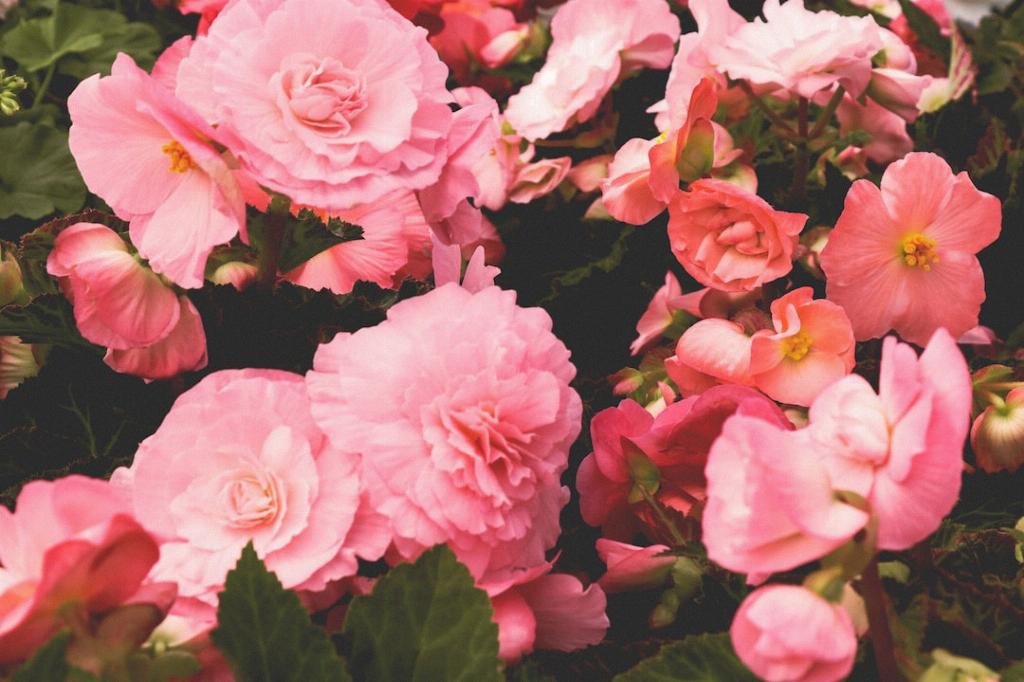When it comes to growing begonias, there are a few key factors to consider to ensure optimal growth and blooming of these beautiful plants. Begonias are relatively easy to grow, making them a popular choice for both beginner and experienced gardeners.
First and foremost, it is important to provide begonias with the right growing conditions. These plants thrive in warm climates and prefer to be planted in rich, fertile soil that is well-drained. Before planting your begonias, make sure the soil is loose and aerated to promote healthy root development.
One essential aspect of begonia care is regular maintenance. To encourage continuous blooming, be sure to deadhead spent flowers regularly. Additionally, remove any yellowing leaves or stems to promote new growth and prevent the spread of disease.
It is crucial to protect begonias from extreme temperatures. These plants are sensitive to freezing temperatures and should be brought indoors before the first frost hits. If you live in a region with cold winters, consider planting begonias in containers that can be easily moved indoors when needed.
While begonias are relatively low-maintenance plants, they do require some attention to thrive. Water begonias regularly, keeping the soil consistently moist but not waterlogged. During the growing season, fertilize your begonias every few weeks with a balanced fertilizer to support healthy growth.
When selecting a location to plant begonias, choose a spot that receives partial shade. While begonias can tolerate some sunlight, they prefer filtered light to prevent sunburn on their delicate leaves. Avoid planting begonias in direct sunlight, especially during the hottest parts of the day.
Propagation is another aspect of growing begonias that you may want to explore. Begonias can be propagated from stem cuttings or by division. To propagate begonias from cuttings, snip a healthy stem just below a leaf node and place it in water or moist soil to encourage root development.
One important thing to keep in mind when growing begonias is that these plants are toxic to animals if ingested. If you have pets or small children, take precautions to keep begonias out of reach and educate yourself on the potential risks associated with these plants.
In conclusion, growing begonias can be a rewarding experience with the right care and attention. By providing begonias with the proper growing conditions, regular maintenance, and protection from extreme temperatures, you can enjoy beautiful blooms and lush foliage year-round.

